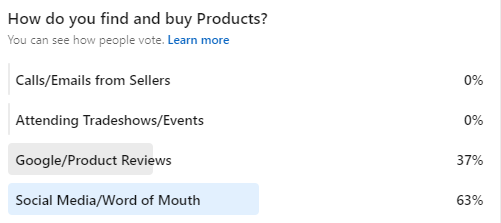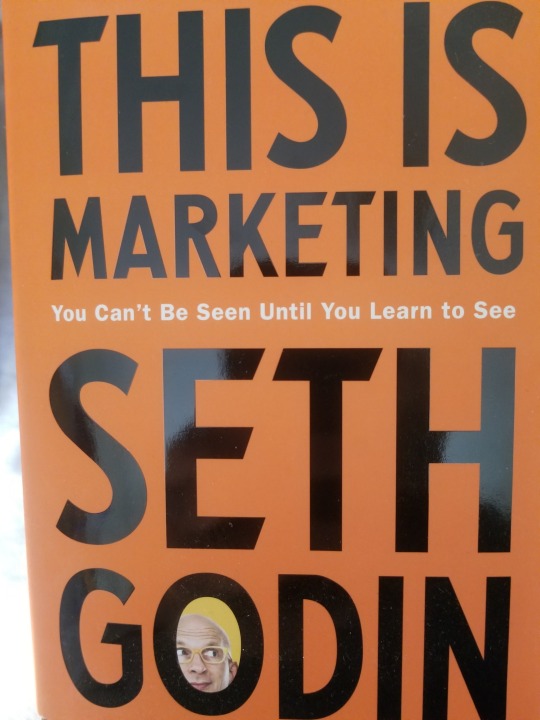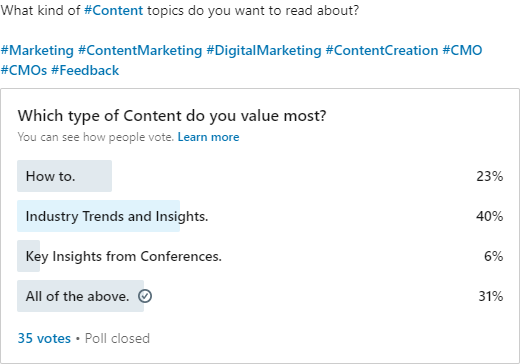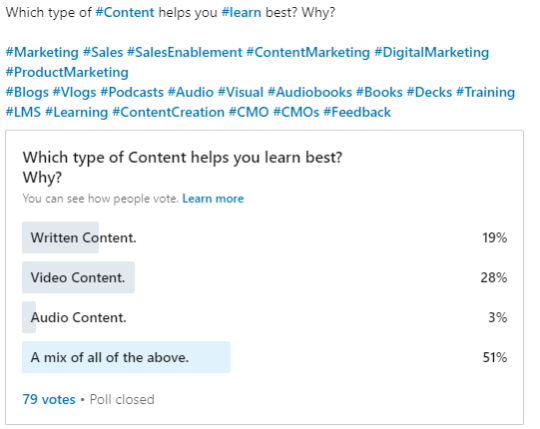How & Why People Buy
When marketing and selling a product or service, it is important to ask two questions to understand your buyers.
1.What motivates people to buy a product or service?
2.How do people find a product or service to buy?
I surveyed my LinkedIn audience for answers.
1. What motivates people to buy a product or service?
People buy a product or service to: solve a problem, meet a need, or fulfill a want or desire. 49% buy products and services to solve a problem, meet a need, or fulfill a desire. 27% wanted to solve a problem, 16 % want to meet a need, and 8% wanted to fulfill a want or desire.

2. How do people find a product or service to buy?
People find and buy products or services through word of mouth, social media, online search, and,/or product reviews. Of those surveyed, none said they found or bought products from seller calls or emails. No one found or bought products attending trade shows or events; this can be because of the pandemic.
63 % found or bought products from social channels or word of mouth, and 37% found or bought products or services from online searches or product reviews.

These findings suggest businesses need to create products and services that are customer-centric. Businesses need a great reputation to survive in a competitive marketplace.
Answering these questions will help businesses develop, create and, position products and services customers want to buy.
Your approach will vary depending on your industry.
What motivates customers to buy your products and services?
How do your customers find products and services?
Join the conversation.




